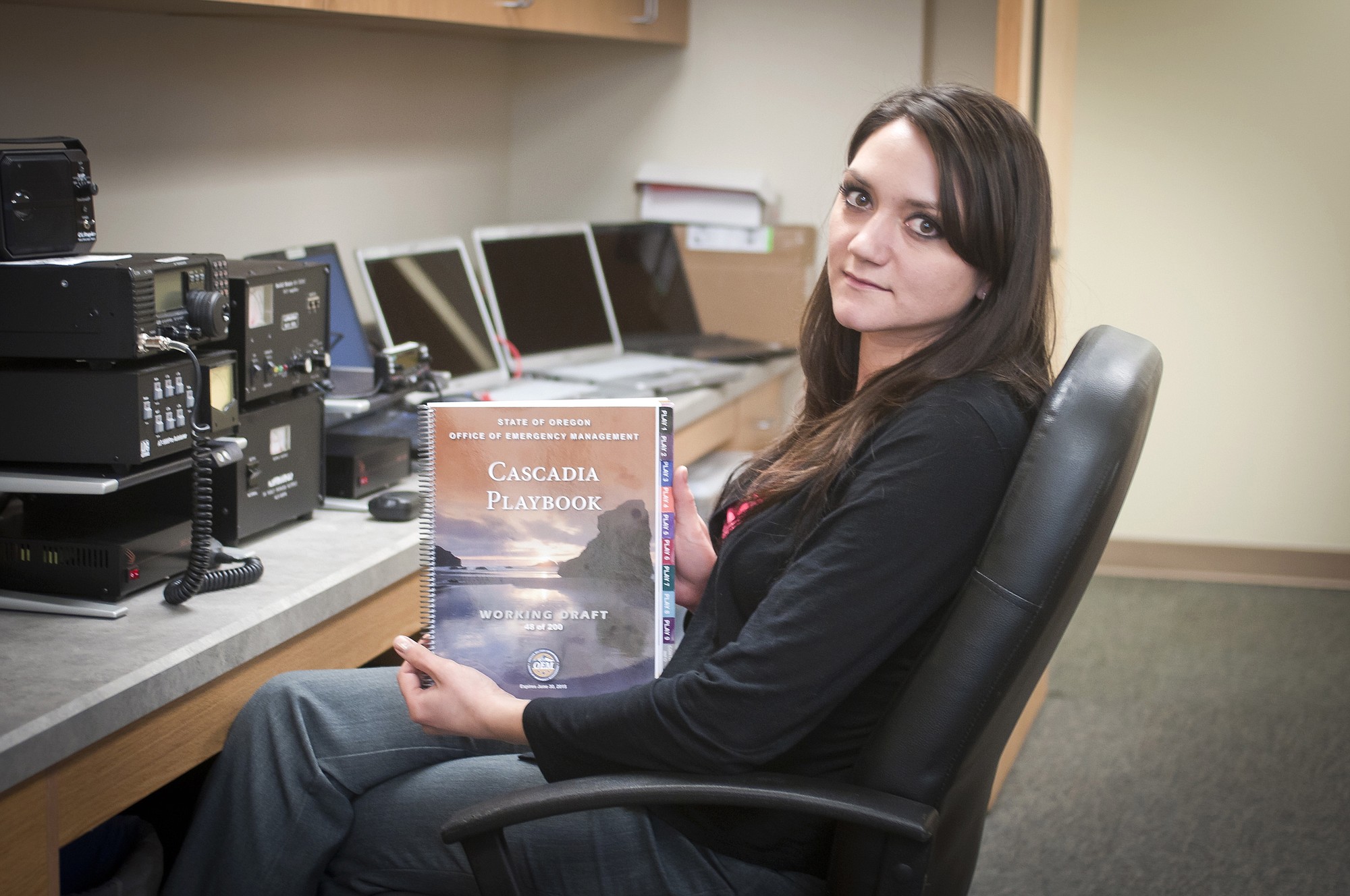THE DALLES, Ore. — Some geologists have calculated a 10 to 14 percent probability that the Cascadia Subduction Zone off the Oregon and Washington coasts will produce an earthquake event of magnitude 9 or higher in the next 50 years. Others suggest that this risk could be as high as 37 percent for earthquakes of magnitude 8 or higher. Such a quake could generate a 50-foot tsunami.
Although such a large earthquake would be felt in The Dalles, where residents are warned to prepare for as long as three weeks without electricity or fuel, geologists say damage on the coast would be catastrophic, and potentially devastating in the Willamette Valley as well.
In response, Oregon has initiated an extensive emergency planning response, with short-term planning exercises already underway throughout the state and a large-scale exercise planned for 2016. Part of that planning involves the potential establishment of mutual-aid style “sister county” partnerships between counties east of the Cascade Mountains, where damage will be limited, and counties on the coast.
The plan is not to shift physical resources between counties, but provide public works leadership following a disaster. The idea is the brainchild of Tillamook County Planning Director Liane Welch, who is also part of the Association of County Engineers and Surveyors.



